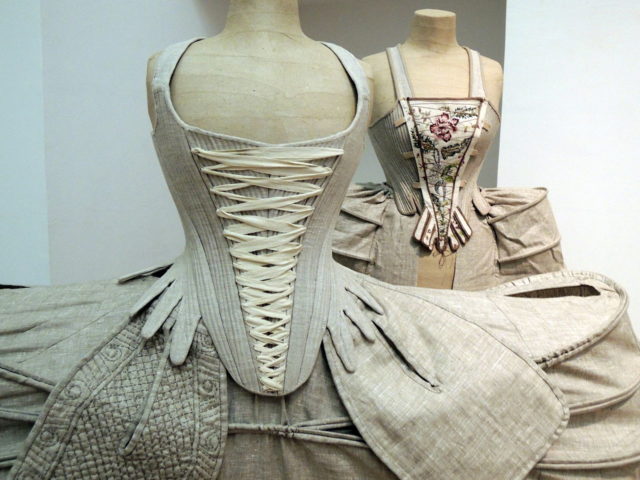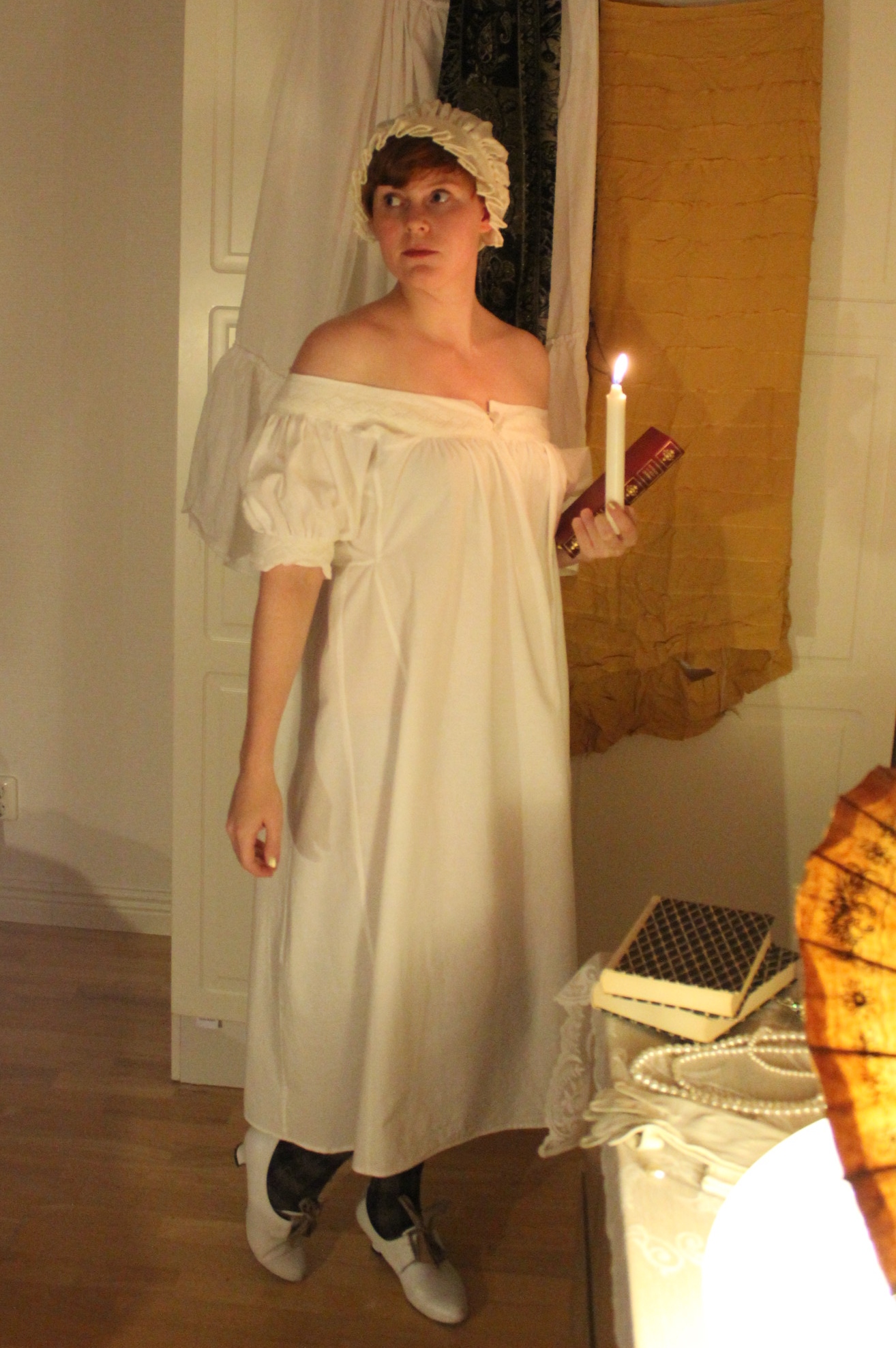MEDIEVAL WOMAN SITEMAP • THE BOOK • THE BLOG • ARTIFACT COLLECTION • TUTORIALS•TALKS• NOTICEBOARD



The first decade of the 17th century saw a continuation of many Elizabethan trends, with small changes in skirt length, sleeve shape, and collar types slowly being introduced. 1610-1619 Fashion of the 1610s witnessed a gradual softening in the silhouette as women began to discard their farthingales and men’s breeches became baggier. Just as today women wear panties, knickers, thongs, briefs, g-strings, boy-shorts, bodies etc., so women sought the perfect underwear for their sense of self in Victorian times. The undergarment competition came in the form of a new underwear item called combinations.Combinations were first developed as a Victorian undergarment in 1877. Shop 17Th Century Underwear & Panties for Men & Women from CafePress. Find great designs on Boxer Shorts for Men and Thongs and Panties for Women.


17th Century Men S Clothing
UNDERWEAR | Exciting new archaeological finds in 2010 have uncovered what appears to be the first examples of existing medieval underwear other than the smock or chemise. These finds come from Castle Ling mountain near Nikolsdorf in East Tyrol. On the first floor in the south wing of the castle, filling was removed which, among other things, consisted of textiles dating from the 14th to 16th centuries. Among these textiles were items of underwear dating to the late 15th century. References and images of women's underclothing are scanty at best, with it generally being thought that women wore nothing at all under their dresses other than the chemise or smock which was made of plain, white linen. There are, however, a few small references here and there which leads to the belief that items of underclothing were indeed worn. The detail shown above is from the fresco painted in 1411-1416 by Di Manta, The Fountain Of Youth, which shows people of both sexes in various stages of undress. The following pages look at the various aspects of female underclothing.
One reference to underclothing comes from Ellen of Udine. As a widow, she took a vow of silence and adopted harsh penitents to atone for her former sinful and worldly life. She confessed:
Although this reference is quite vague as to what kinds of underclothing she is actually referring to giving up, the use of the plural makes me personally feel that possibly it may be more than one kind of garment and not just the single item- the chemise. She could, of course, be using the plural form to indicate that she owned many of the same item and not more than one item worn together. In a paragraph about taking care of aged widows, it is written that a corrody or old age allowance was to be provided. This particular examples cites:
Again it is not specified as to exactly what undergarment or garments this passage refers to, whether it is just a single smock or an ensemble. It is also recorded that in 1397 Margherita Datini owned a shift of fine linen over which in winter she wore a petticoat of wool or fur- otter, cat or miniver. Her gown and surcote were worn over those other two layers and a cloak over that. The illumination at right from the early 1400s, Dionysus I humiliates the women of Locri shows women removing their outer garments to reveal a plain white opaque smock or shift with a very low,wide neck which accommodates the low, wide fashions of the day without showing. |